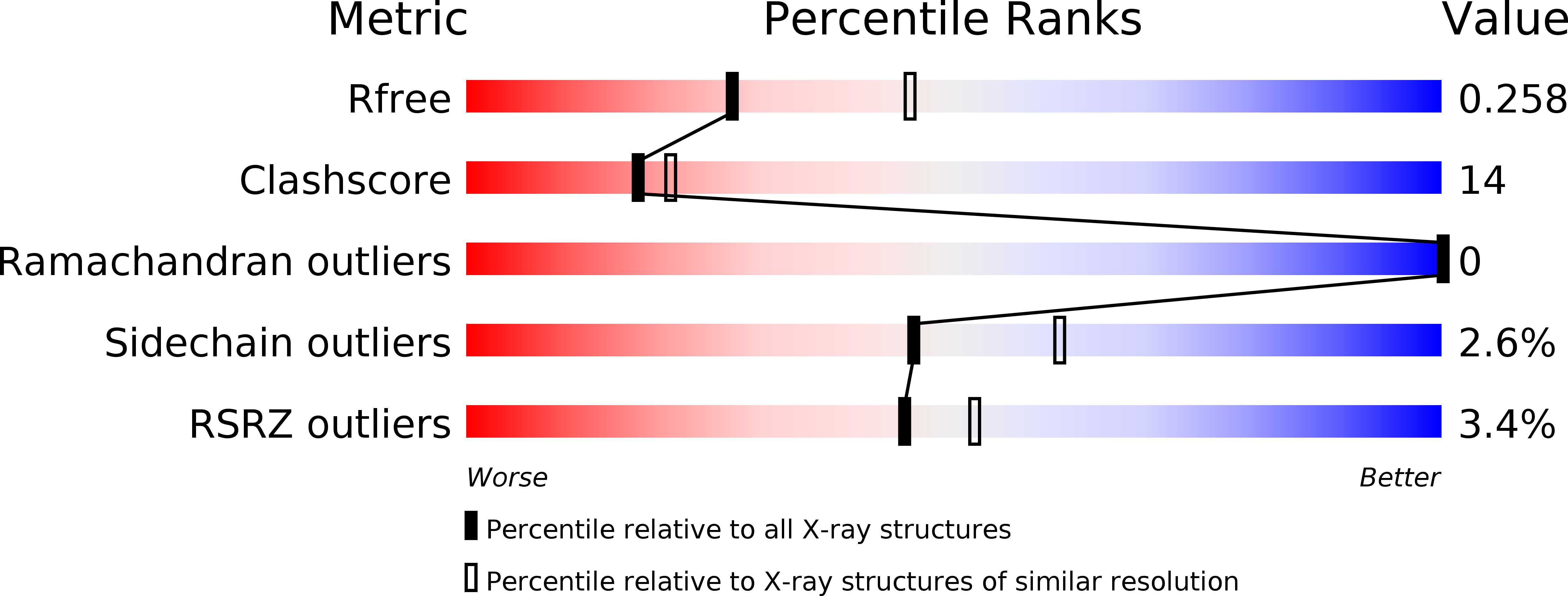
Deposition Date
2016-04-20
Release Date
2016-09-14
Last Version Date
2024-10-23
Entry Detail
PDB ID:
5JH5
Keywords:
Title:
Structural Basis for the Hierarchical Assembly of the Core of PRC1.1
Biological Source:
Source Organism:
Homo sapiens (Taxon ID: 9606)
Host Organism:
Method Details:
Experimental Method:
Resolution:
2.55 Å
R-Value Free:
0.25
R-Value Work:
0.20
R-Value Observed:
0.21
Space Group:
P 21 21 21


